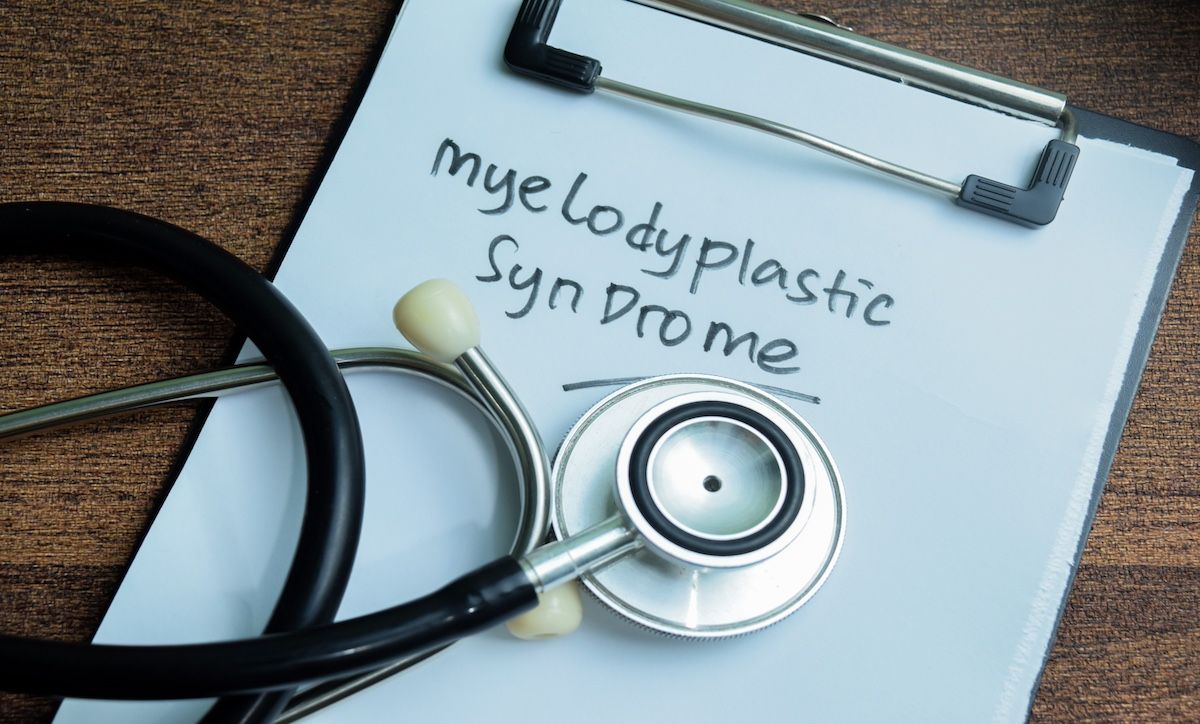Article
Certain Exercises Well Tolerated by Patients With Severe Hemophilia
Author(s):
Recommendations are lacking on strength exercise intensity, tolerability, and adverse effects for patients with severe forms of hemophilia.
Individuals with severe hemophilia are able to tolerate certain acute low-load resistance exercises without pain increases or adverse events, according to new research published in European Journal of Haematology.
Specifically, the study found knee extensions with low external resistance and blood flow restriction (BFR) at 20% or 40% arterial occlusion pressure (AOP) seem to be safe and feasible and do not cause acute or delayed pain.
“However, BFR during nonfatiguing exercise consisting of 3 consecutive repetitions by itself does not increase electromyographic amplitude nor changes electromyographic amplitude spatial distribution or muscle fiber-conduction velocity,” researchers wrote.
It was previously unknown whether patients with hemophilia could perform BFR training, the authors noted, while no clear recommendations about strength exercise intensity, tolerability, and adverse effects currently exist for those with severe forms of the disease.
The new findings suggest physical therapists can safely use BFR training at 20% or 40% of AOP when patients with severe hemophilia aren’t able to tolerate high loads. They can also use this technique when introducing training variations in rehabilitation, the researchers said.
Despite the fact strength training can reduce and prevent bleeding and pain in patients, many avoid physical exercise. The bleeding produced by hemophilia can lead to irreversible damage to joint cartilage and bone, and may contribute to decreased physical activity, altering joint mobility and mechanics.
Mitigation strategies should ideally include “strengthening programs with sufficiently high intensity to stimulate skeletal muscle anabolism and limit muscle loss for people with severe hemophilia under prophylactic factor coverage,” the authors said.
To compare the safety, feasibility, and neuromuscular response to acute lower-body low-load exercises performed with and without BFR, researchers in Valencia, Spain, recruited 8 adults with severe hemophilia to the study. Each participant completed a single experimental session while data on hemophilia type, severity, and prophylaxis regimens were gleaned from medical records. Any individual who underwent an orthopedic surgery in the past year or who had musculoskeletal bleeding during the previous 3 months was excluded from the study, as were those with any medical condition that would contraindicate an exercise intervention. The mean patient age was 45 years.
Most participants had a history of resistance training and completed physical activity for at least 2 days per week. These sessions tended to last more than 30 minutes.
The rate of perceived exertion increased with load and pressure as tolerability slightly decreased.
“Further research seems warranted to investigate the manipulation of BFR cuff pressure in conjunction with different structures of resistance exercise, as higher volumes with possibly shorter rest periods could create a more potent acute neuromuscular response,” the researchers said.
“Differences in the level of arthropathy among patients, musculoskeletal fitness, and training experience among other factors may also have contributed to the high variability reported in the current study,” they added.
No adverse events were reported up to the 1-week follow-up. The lack of change in perceived pain led researchers to infer low-load BFR could increase adherence to long-term exercise among patients.
The small number of participants marks a limitation to the study, and more research is needed to compare a higher number of repetitions.
In addition, because most patients had a history of resistance training, the authors urge caution when generalizing the safety and feasibility of findings to other patients with severe hemophilia.
“Specialists should, therefore, carefully assess the individual acute objective and subjective response as well as individual prophylactic coverage,” they said.
Reference
Calatayud J, Ogrezeanu DC, Carrasco JJ, et al. Safety, feasibility, and neuromuscular activity of acute low-load resistance exercise with or without blood flow restriction in patients with severe hemophilia. Eur J Haematol. Published online March 23, 2023. doi:10.1111/ejh.13965




